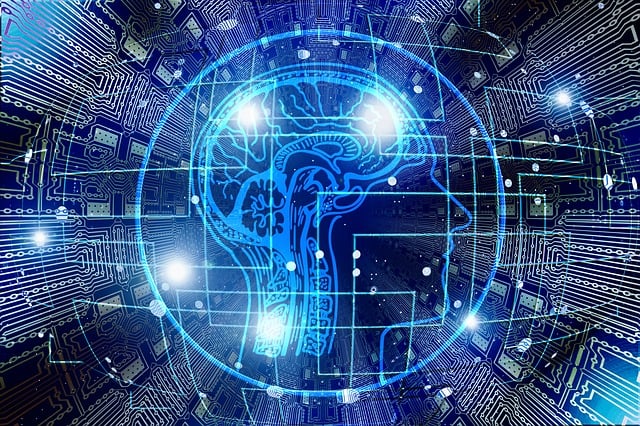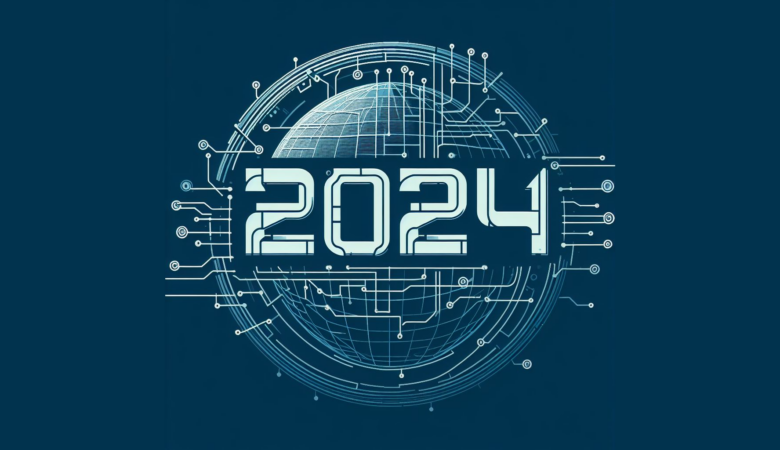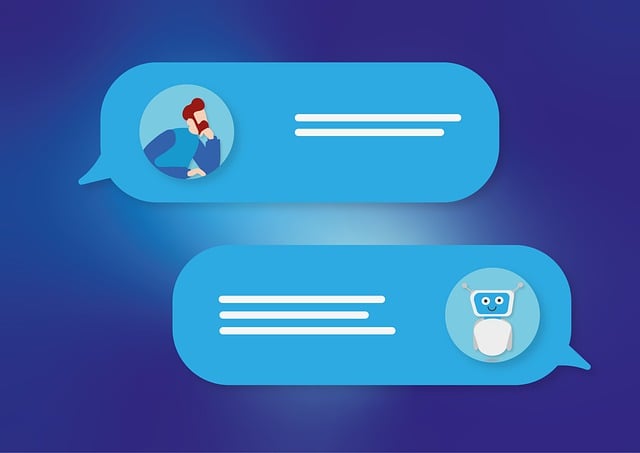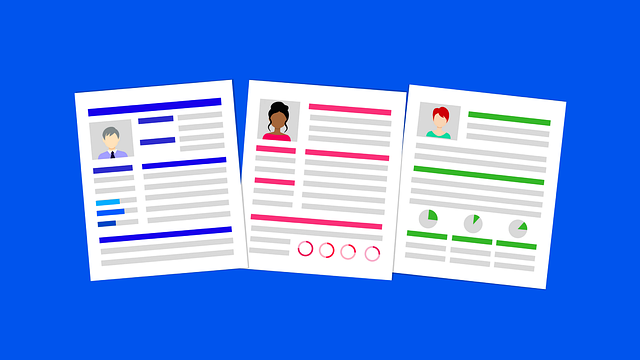Artificial Intelligence (AI) is one of the hottest topics in recent technology discourse. As we highlighted in one of our latest articles, AI-Genarator software will be a trend for 2023. Thus we can expect big investments in AI-based technology in the foreseen future. This opens the opportunity for another follow-up article, now talking about what exactly is AI technology.
But not only that, but we want also to seize this opportunity to talk about Machine Learning as well. The reason is a few often confuse these two themes. Machine Learning is in fact an application of AI technology and we’ll try to explain better in the next topics. We’ll give a brief description of both themes and last we’ll list their main differences.
What is AI?
AI could be simply described as the simulation of our intelligence through the use of computers. But we find a way more elegant definition to interpret it as a field of technology. So what AI does is combine data science with extensive datasets to enable machines to do problem-solving on their own.
Since the development of this field, AI gathered a lot of applications. Nowadays we can find software able to speech and facial recognition, computer vision, identify strange patterns, self-pilot heavy machines, etc. AI also divides itself into different sub-fields as we’ll see in the next topic with machine learning. But we could list too: deep learning, neural networks, cognitive computing and others.
And currently, AI falls under two other categories which are weak AI, also known as narrow AI, and strong AI, or artificial general intelligence. Weak AI refers to systems that are designed/trained to complete specific tasks such as chatbots. On the other hand, strong AI is more sophisticated software that tries to reproduce the cognitive skills of our brains. But the latter is a theoretical form of AI since it would require machines to become self-aware.
Now that we described the basic definitions of AI comes the question: how do we make machines “think’? For the answer we think is better to go to our next topic which is:
The Machine Learning process
It is a common misconception that AI and machine learning means both the same thing. However, as we pointed out, the latter is in fact a sub-field of the first. To function, you have to train the AI software. What usually happens is you feed a system with training data and the algorithms analyze the database to identify patterns and correlations. Once the system has an understanding of these data it starts to use these patterns to make predictions and slowly improve its accuracy.
The process to train systems for AI use has several steps. Machine Learning is one of them. It’s the branch of the AI field which uses data and algorithms to enable a system to learn and predict future output values. Machine Learning also divides itself into different categories in terms of how you train the algorithms. Basically, there are four main types: supervised learning, unsupervised learning, semi-supervised learning and reinforcement learning.
Supervised learning implies the use of labelled datasets. The system/model keeps adjusting itself until it’s confirmed by a validation process. Unsupervised learning analyzes unlabeled datasets to discover hidden patterns without outside intervention. Semi-supervised learning combines both processes by using a smaller labelled dataset at first to guide the algorithm. But later the system can analyze the data on its own and develop a self-understanding of the patterns. And last but not least, reinforcement learning is similar to supervised learning but uses a trial-and-error approach so the algorithm can understand what is the best way to complete a task.
Now that we disclosed all the basics of AI and Machine Learning, we’d like to summarize their top differences in a quick topic.
The main differences between AI and Machine Learning
Thinking in a broader sense, we can differ AI from Machine Learning by understanding that:
AI is the capacity of a computer system or model to replicate human cognitive skills for learning and solving complex problems. To achieve this goal, AI utilizes different methods to be able to complete tasks. It has to pass through a multi-level process of learning, reasoning and self-correction which can be accomplished by several methods. This field already has lots of real applications, but there is still a large theoretical component when we talk about strong AI.
On the other hand, machine learning is the branch of AI which deals with algorithm training by using amounts of data to enable the system to understand patterns. We can say machine learning is the more practical side of the AI field and is already being used for developing chatbots, computer vision, search engines, etc. There are also several different approaches to machine learning, but they are all based on dataset analysis.
Conclusion
Since AI-Generators software will be one of the biggest trends for 2023, we’ll see a lot of discourse around AI and Machine Learning through the internet. And because they are directly related to each other, there will also be a lot of misunderstandings about these concepts.
With our article, we hope to answer a few of the most common questions about AI and Machine Learning. AI is an entire field of data science and Machine Learning is one of the main branches with real applications to achieve the goal of replicating human cognitive capacity.
Do you have any more questions about AI and Machine Learning? Please let us know in the comments below or contact us on our page or our website.








Leave a Reply